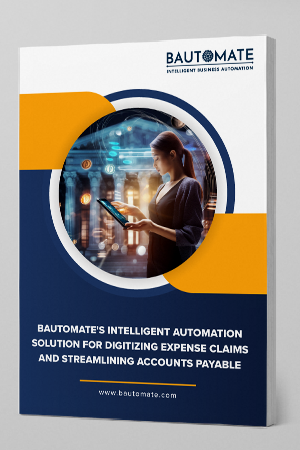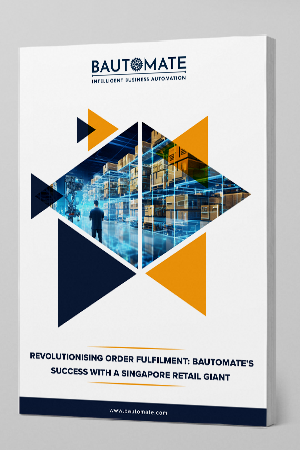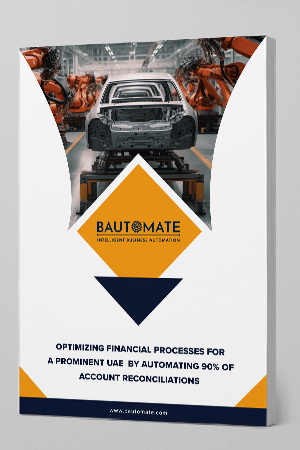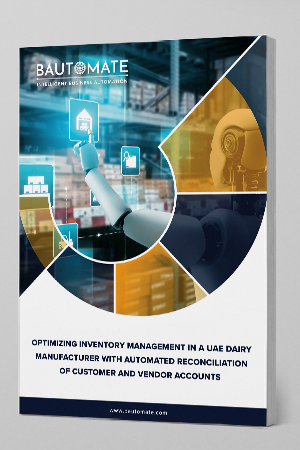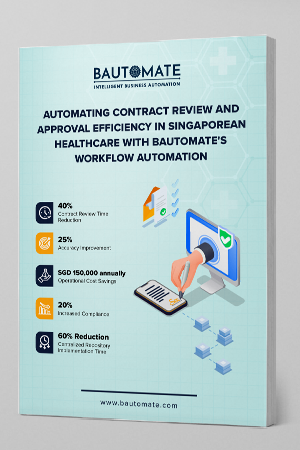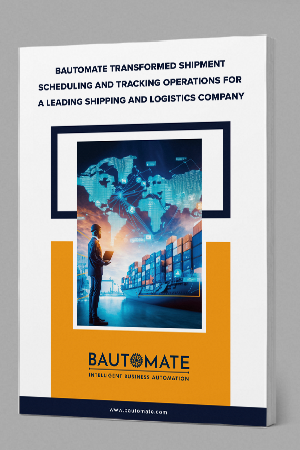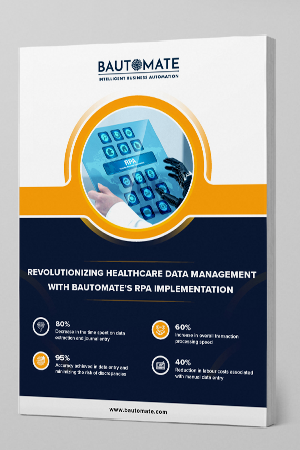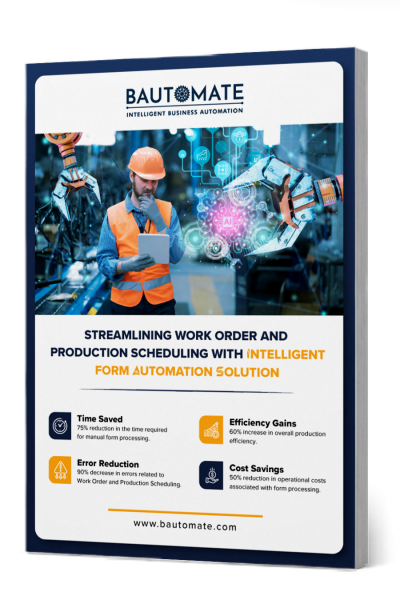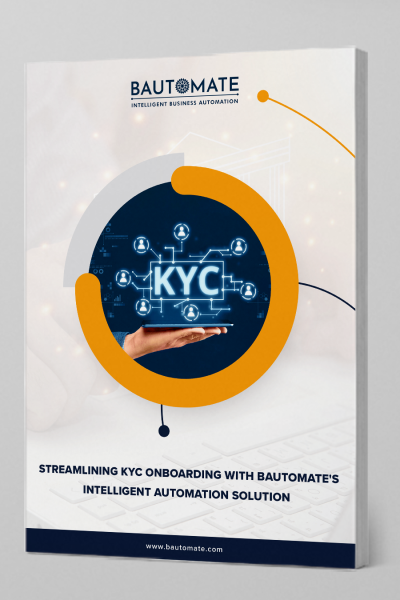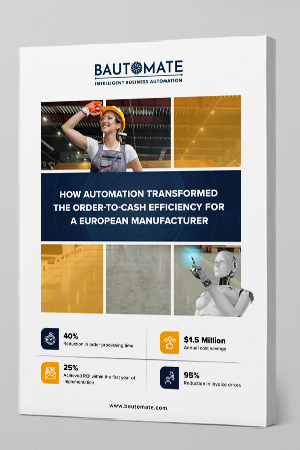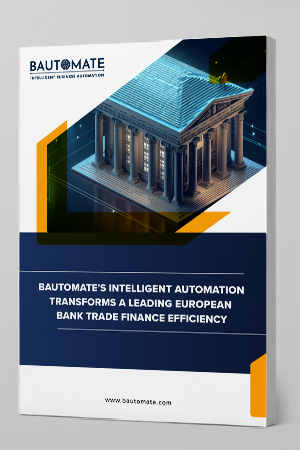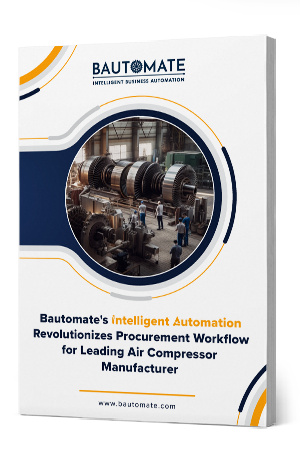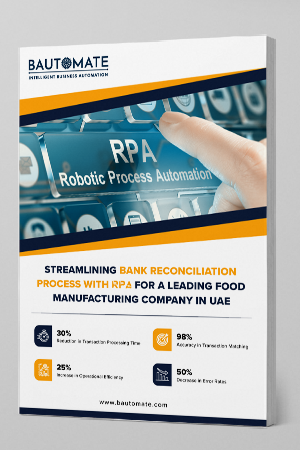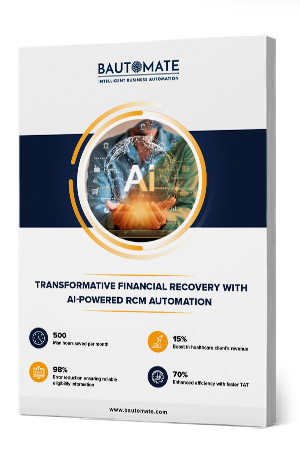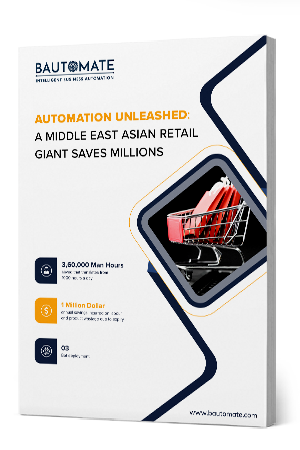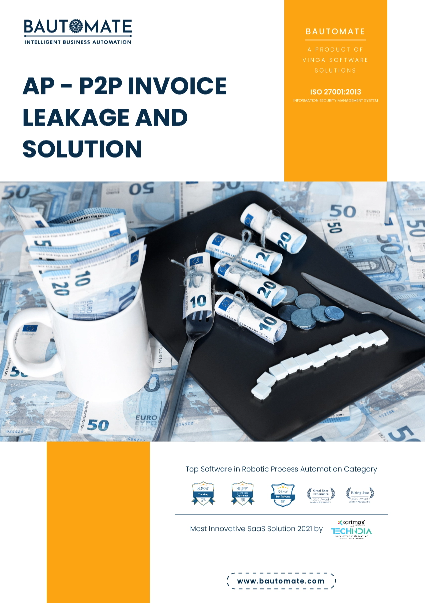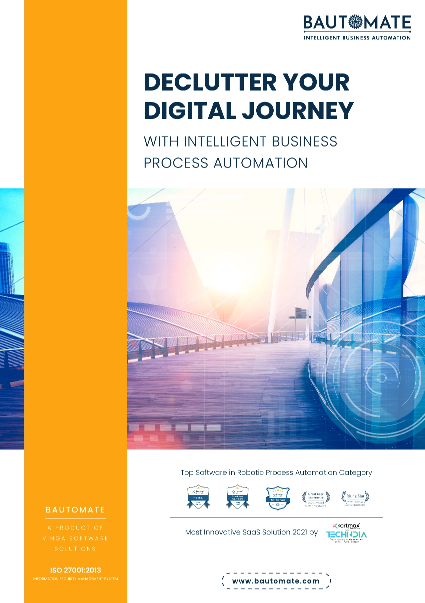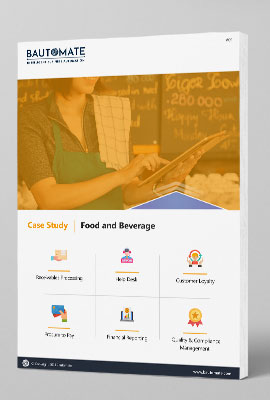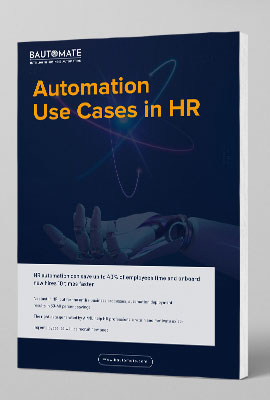
Due to the digital revolution, businesses face a constant influx of data in the form of documents and unstructured information. Nearly all industries battle with it, including healthcare, retail, banks, and government institutions. According to reports, 80% of an organisation’s data is unstructured. Managing and processing this data efficiently can be a daunting task, often requiring significant time and resources.
However, recent advancements in technology such as Intelligent Document Processing (IDP) have revolutionised the way businesses handle documents, enabling automation and streamlining of critical processes. In this blog, we will explore the latest trends in IDP and discuss how they can help improve your business processes.
What is IDP and How Can it Help Improve Your Business Processes?
IDP, or Intelligent Document Processing, is an emerging technology that can help businesses streamline their document processing workflows. 96% of organisations believe that automating document-driven processes is crucial for achieving digital transformation and improving overall business efficiency. Hence it is necessary to utilise the power of AI-enabled technologies to automate the extraction of data from documents such as invoices, contracts, and forms to reduce costs associated with manual document processing.
IDP increases efficiency by eliminating the need for human intervention in certain tasks. Businesses can focus on more important functions such as innovation and growth instead of mundane paperwork.
Latest IDP Trends and How They are Revolutionising Various Business Processes
Artificial Intelligence (AI) and Machine Learning (ML)
AI and ML technologies are at the forefront of the latest trends in IDP. These technologies enable automated data extraction and classification by leveraging advanced algorithms and neural networks. With AI-powered IDP solutions, businesses can achieve high accuracy in document processing, reducing manual errors and speeding up operations. ML algorithms can learn from large datasets, improving over time and enhancing their ability to extract relevant information from complex documents.
Natural Language Processing (NLP)
NLP plays a crucial role in IDP by enabling machines to understand and interpret human language. It allows IDP systems to analyze the content of documents, extract key information, and make intelligent decisions based on context. It can extract entities, such as names, dates, and addresses, and even understand the sentiment expressed in a document. By utilizing NLP techniques, businesses can automate document routing, identify critical information, and enable intelligent decision-making.
Robotic Process Automation (RPA) Integration
Integrating IDP with RPA enables end-to-end automation of document-driven processes. RPA bots can perform repetitive tasks, such as data entry or validation, by leveraging the extracted information from IDP systems. By combining IDP and RPA, businesses can streamline their operations, reduce manual intervention, and ensure faster and error-free processing. This integration leads to increased efficiency, reduced operational costs, and improved customer experiences.
Cognitive Document Capture
Cognitive Document Capture is a trend in IDP that focuses on capturing and understanding unstructured data from various sources, such as invoices, contracts, or forms. It uses advanced techniques like Optical Character Recognition (OCR), data extraction, and contextual analysis to identify and extract relevant data accurately. By leveraging cognitive document capture, businesses can transform unstructured data into structured information, enabling better decision-making and improved process efficiency.
Cloud-based IDP Solutions
Cloud-based IDP solutions offer scalability, flexibility, and accessibility, making them a significant trend in the field. Businesses can leverage the power of AI and ML without heavy upfront investments in infrastructure. These solutions allow organizations to store, process, and analyze vast amounts of data securely. Furthermore, cloud-based IDP systems offer seamless integration with existing business applications, facilitating efficient data exchange and enhancing overall productivity.
Benefits of Implementing an IDP Solution
IDP has evolved rapidly in recent years, bringing about significant improvements in business processes. Businesses can save up to $20 for every document automated through IDP, resulting in substantial cost savings over time. By adopting these trends, organizations achieve several benefits.
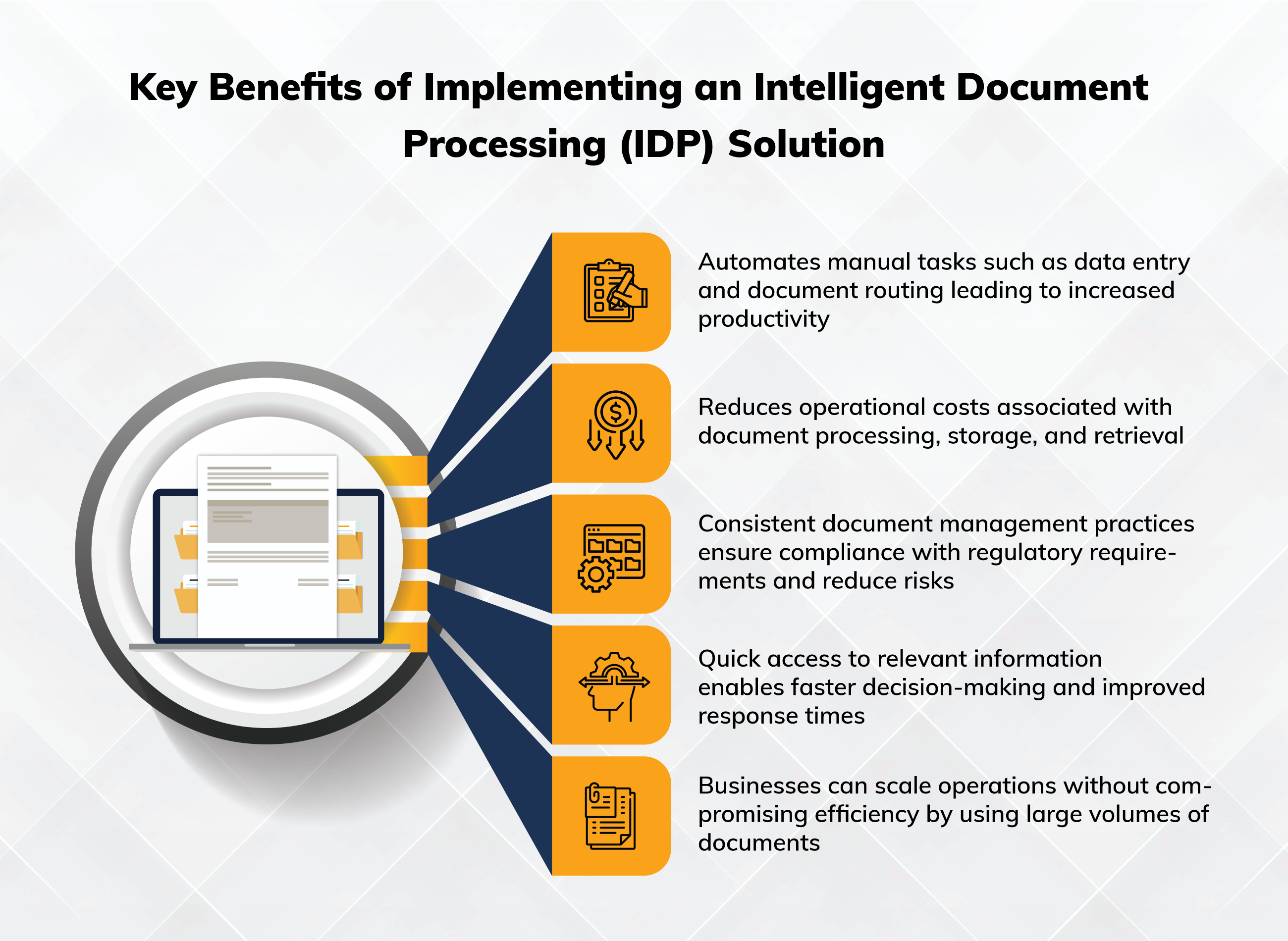
Conclusion:
Maximize Efficiency and Automate Your Process With the Latest IDP Trends
By leveraging Bautomate’s IDP solutions, businesses can achieve higher accuracy, faster processing times, cost savings, improved compliance, and enhanced customer experiences. Research reveals that organizations utilizing IDP technologies experience an average reduction of 42% in document retrieval time, enabling employees to access critical information faster and make informed decisions.
Staying up-to-date with the latest IDP trends positions businesses at the forefront of innovation and equips them to thrive in today’s competitive landscape.
Sign up for a free demo to maximize efficiency by automating your document processes effectively.




